Berlin in the 1920s was a city of many social contrasts. While a large part of the population continued to struggle with high unemployment and deprivations in the aftermath of World War I, the upper class of society, and a growing middle class, gradually rediscovered prosperity and turned Berlin into a cosmopolitan city. During this decade, Berlin became the intellectual and creative center of Europe, doing pioneering work in the modern movements of literature, theatre, and the arts, and also in the fields of psychoanalysis, sociology, and science. Germany’s economy and political affairs were suffering at the time, but cultural and intellectual life was flourishing. This period in German history is often referred to as the ‘Weimar Renaissance’ or the country’s ‘Golden Years’. The most important artists of the time met in the Romanisches Café on Kurfürstendamm (Bertolt Brecht, Otto Dix, Max Liebermann, Erich Kästner, Joachim Ringelnatz, Billy Wilder and many others) and Josephine Baker introduced the new Charleston dance sensation to Germany with her performance in 1926 in the Nelson Theatre on Kurfürstendamm. 1928 saw the premiere of Brecht’s “Threepenny Opera” in the Theater am Schiffbauerdamm, from where it went on to sweep the world. Alongside the boom in Berlin’s nightlife with entertainment shows and music hall, the city also made great strides by day. In 1921 the AVUS (Automobile Traffic and Practice Course) autobahn (a world first) was built through the Grunewald forest, in 1923 Tempelhof airport was opened, and in 1926 the Funkturm (Radio Tower) was opened to the public for the Third Radio Exhibition. The first “Green Week” trade fair was held in 1926 and attracted the enormous number of 50,000 visitors. The Weimar Republic era began in the midst of several major movements in the fine arts. German Expressionism had begun before World War I and continued to have a strong influence throughout the 1920s, although artists were increasingly likely to position themselves in opposition to expressionist tendencies as the decade went on. A sophisticated, innovative culture developed in and around Berlin, including highly developed architecture and design (Bauhaus, 1919–33), a variety of literature (Döblin, Berlin Alexanderplatz, 1929), film (Lang, Metropolis, 1927, Dietrich, Der blaue Engel, 1930), painting (Grosz), and music (Brecht and Weill, The Threepenny Opera, 1928), criticism (Benjamin), philosophy/psychology (Jung), and fashion. This culture was often considered to be decadent and socially disruptive by rightists. Film was making huge technical and artistic strides during this period of time in Berlin, and gave rise to the influential movement called German Expressionism. “Talkies”, the sound films, were also becoming more popular with the general public across Europe, and Berlin was producing many of them. The so-called mystical arts also experienced a revival during this time-period in Berlin, with astrology, the occult, and esoteric religions and off-beat religious practices becoming more mainstream and acceptable to the masses as they entered popular culture. The University of Berlin (today Humboldt University of Berlin) became a major intellectual center in Germany, Europe, and the World. The sciences were especially favored — from 1914 to 1933. Albert Einstein rose to public prominence during his years in Berlin, being awarded the Nobel Prize for Physics in 1921. He served as director of the Kaiser Wilhelm Institute for Physics in Berlin, only leaving after the anti-Semitic Nazi Party rose to power. Politically, Berlin was seen as a left wing stronghold, with the Nazis calling it “the reddest city [in Europe] after Moscow.” Nazi propagandist Joseph Goebbels became his party’s “Gauleiter” for Berlin in the autumn of 1926 and had only been in charge a week before organizing a march through a communist-sympathizing area that devolved into a street riot. The communists, who adopted the motto “Beat the fascists wherever you encounter them!” had their own paramilitary organization called the Roter Frontkämpferbund to battle the Nazis’ Sturmabteilung (SA). In February 1927 the Nazis held a meeting in the “Red” stronghold of Wedding that turned into a violent brawl. “Beer glasses, chairs and tables flew through the hall, and severely injured people were left lying covered with blood on the floor. Despite the injuries, it was a triumph for Goebbels, whose followers beat up about 200 communists and drove them from the hall.” Prostitution rose in Berlin and elsewhere in the areas of Europe left ravaged by World War I. This means of survival for desperate women, and sometimes men, became normalized to a degree in the 1920s. During the war, venereal diseases such as syphilis and gonorrhea spread at a rate that warranted government attention. Soldiers at the front contracted these diseases from prostitutes, so the German army responded by granting approval to certain brothels that were inspected by their own medical doctors, and soldiers were rationed coupon books for sexual services at these establishments. Homosexual behavior was also documented among soldiers at the front. Soldiers returning to Berlin at the end of the War had a different attitude towards their own sexual behavior than they had a few years previously. Prostitution was frowned on by respectable Berliners, but it continued to the point of becoming entrenched in the city’s underground economy and culture. Crime in general developed in parallel with prostitution in the city, beginning as petty thefts and other crimes linked to the need to survive in the war’s aftermath. Berlin eventually acquired a reputation as a hub of drug dealing (cocaine, heroin, tranquilizers) and the black market. The police identified 62 organized criminal gangs in Berlin, called Ringvereine. The German public also became fascinated with reports of homicides, especially “lust murders” or Lustmord. Publishers met this demand with inexpensive criminal novels called Krimi, which like the film noir of the era (such as the classic M), explored methods of scientific detection and psychosexual analysis. Apart from the new tolerance for behavior that was technically still illegal, and viewed by a large part of society as immoral, there were other developments in Berlin’s culture that shocked many visitors to the city. Thrill-seekers came to the city in search of adventure, and booksellers sold many editions of guide books to Berlin’s erotic night entertainment venues. There were an estimated 500 such establishments, that included a large number of homosexual venues for men and for lesbians; sometimes transvestites of one or both genders were admitted, otherwise there were at least 5 known establishments that were exclusively for a transvestite clientele. There were also several nudist venues. Berlin also had a museum of sexuality during the Weimar period, at Dr. Magnus Hirschfeld’s Institute of Sexology.
(Photo credit: Bundesarchiv / Pinterest / Flickr / Wikimedia Commons / Library of Congress / VisitBerlin.de / The Culture Trip). Notify me of new posts by email.
Δ Subscribe

.jpg)
.jpg)
.jpg)
.jpg)
.jpg)
.jpg)
.jpg)
.jpg)
.jpg)
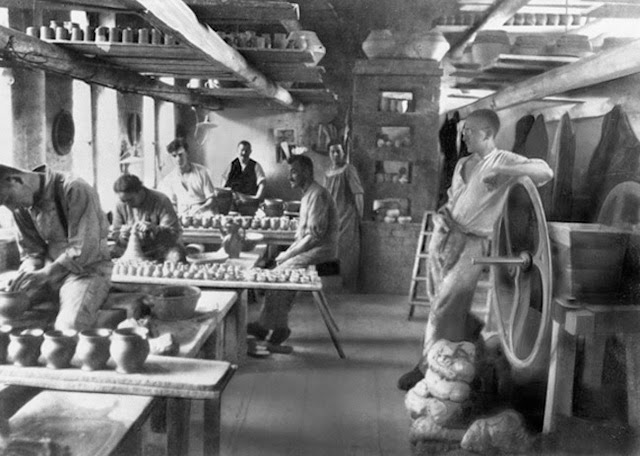.jpg)
.jpg)
.jpg)
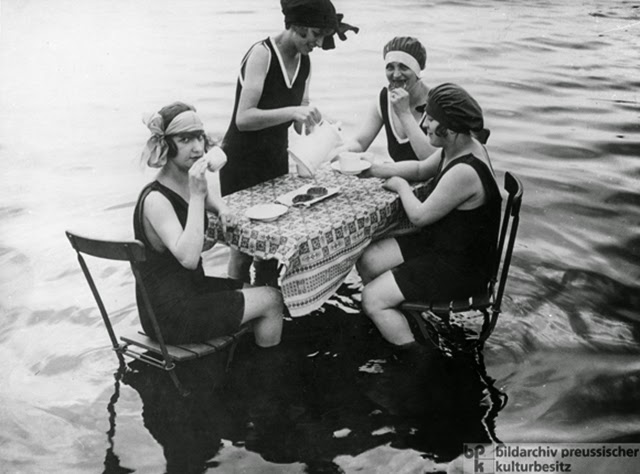.jpg)
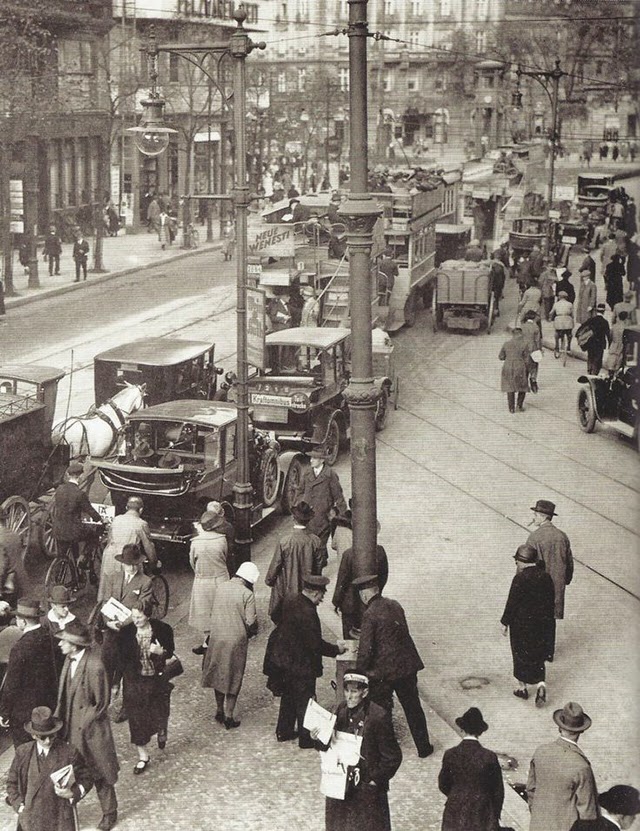.jpg)
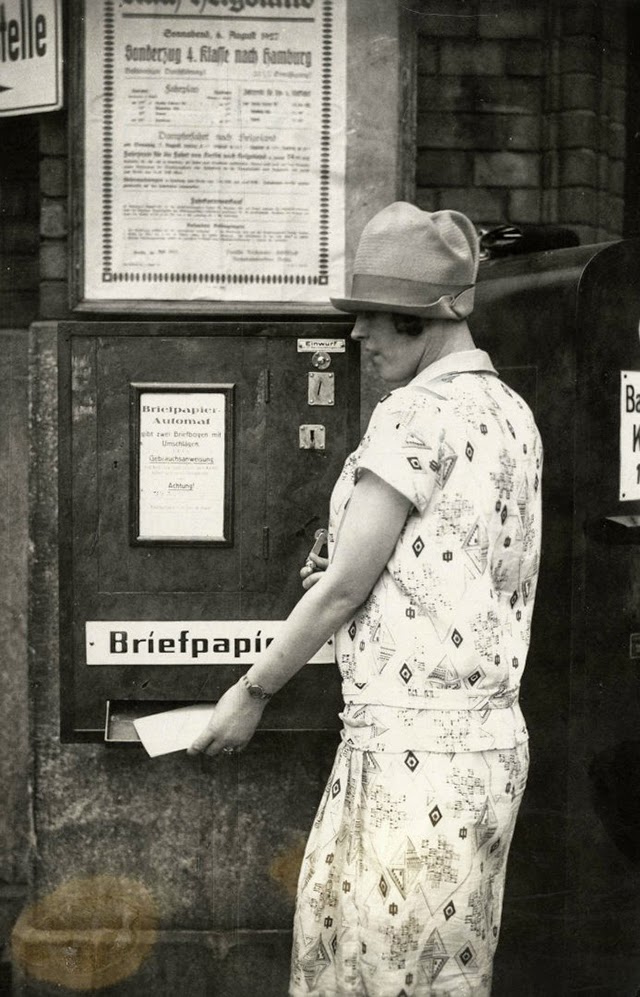.jpg)
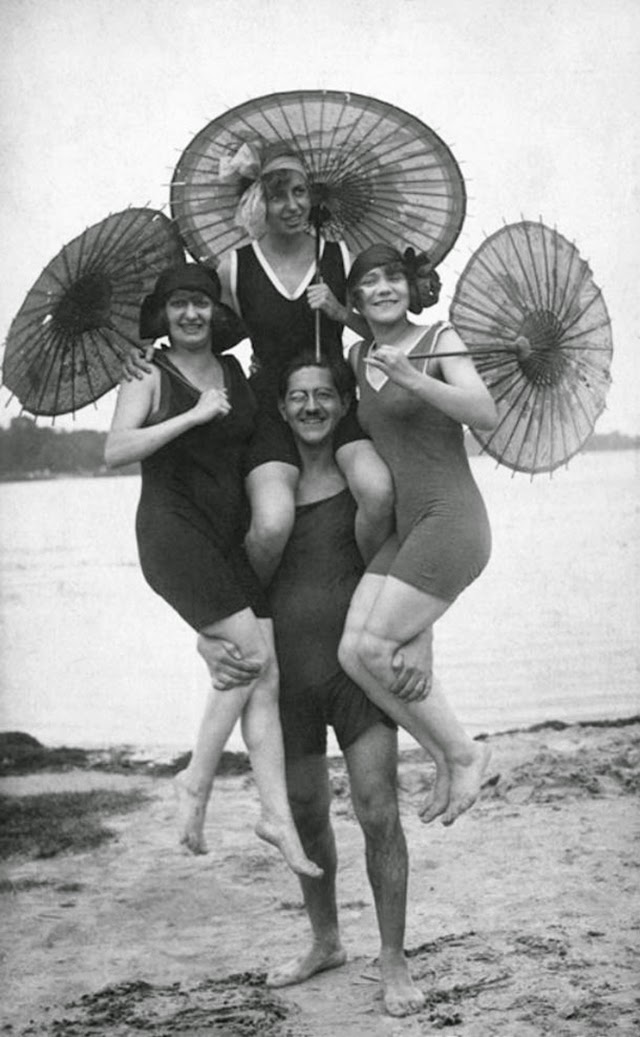.jpg)
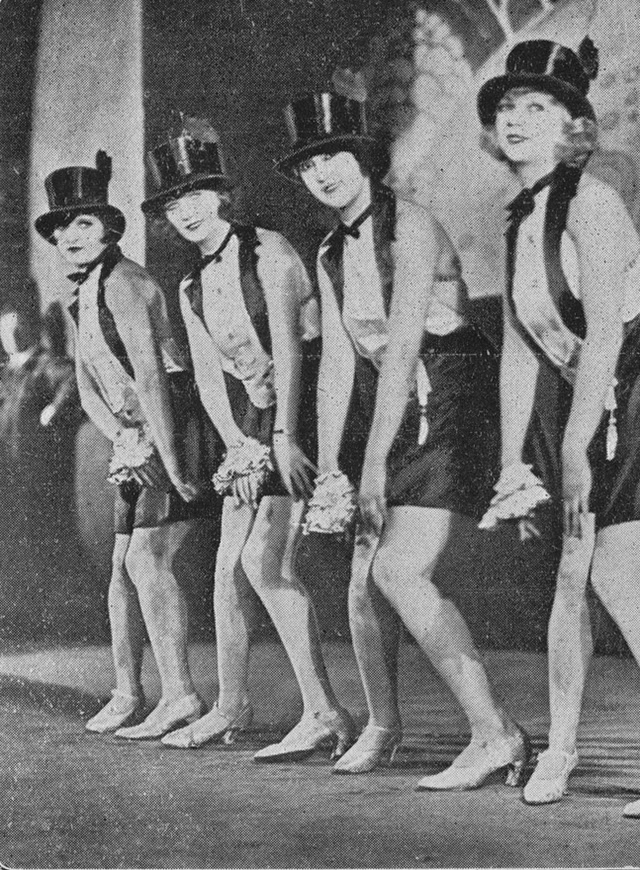.jpg)
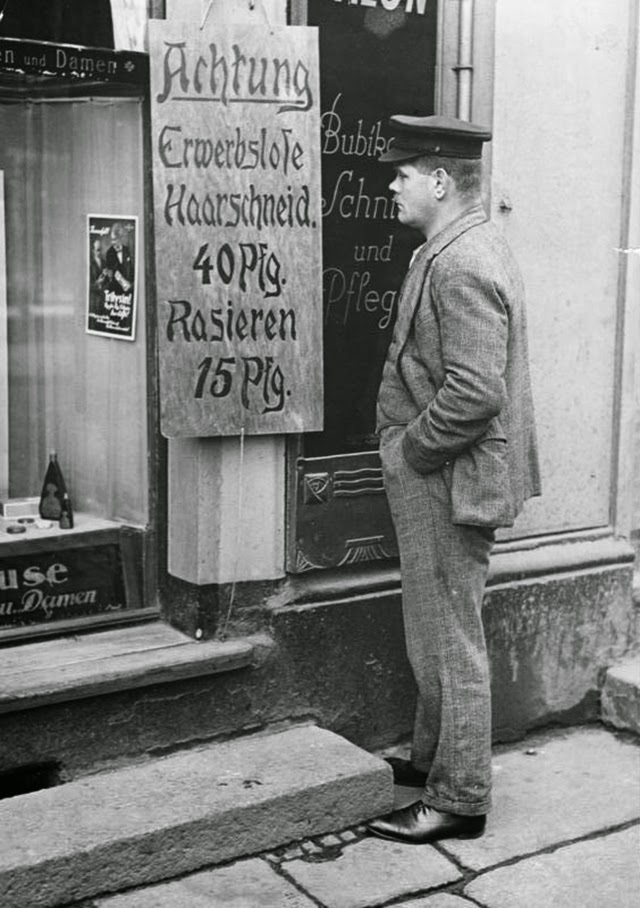.jpg)
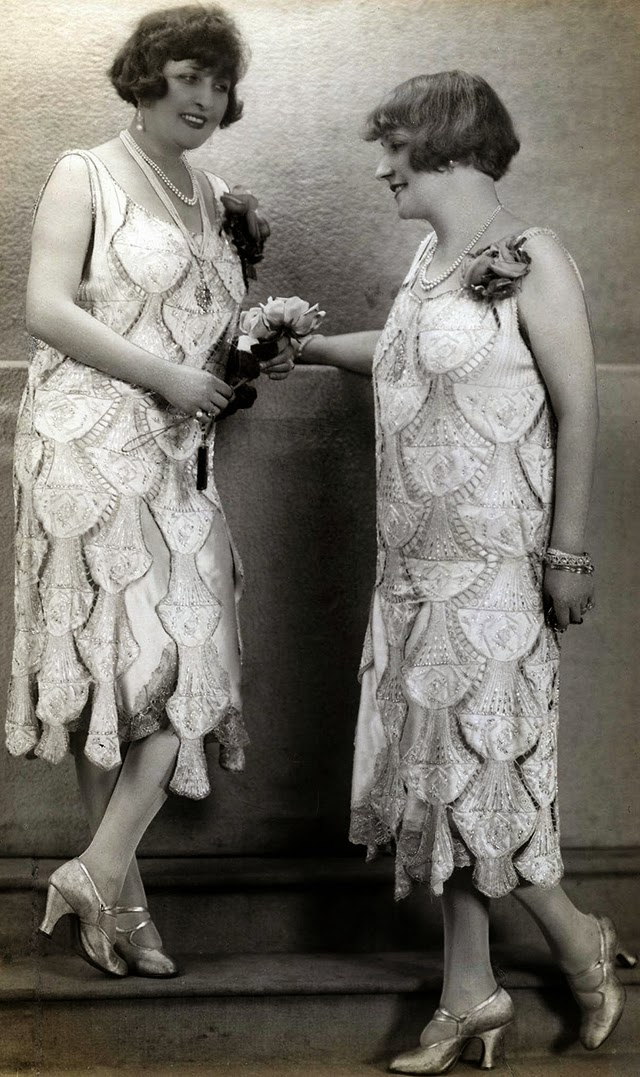.jpg)
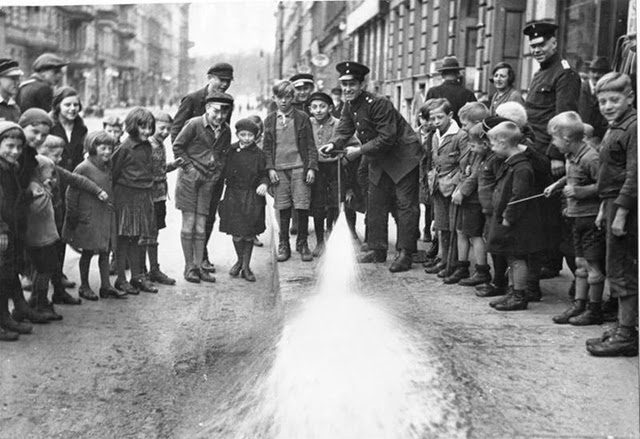.jpg)
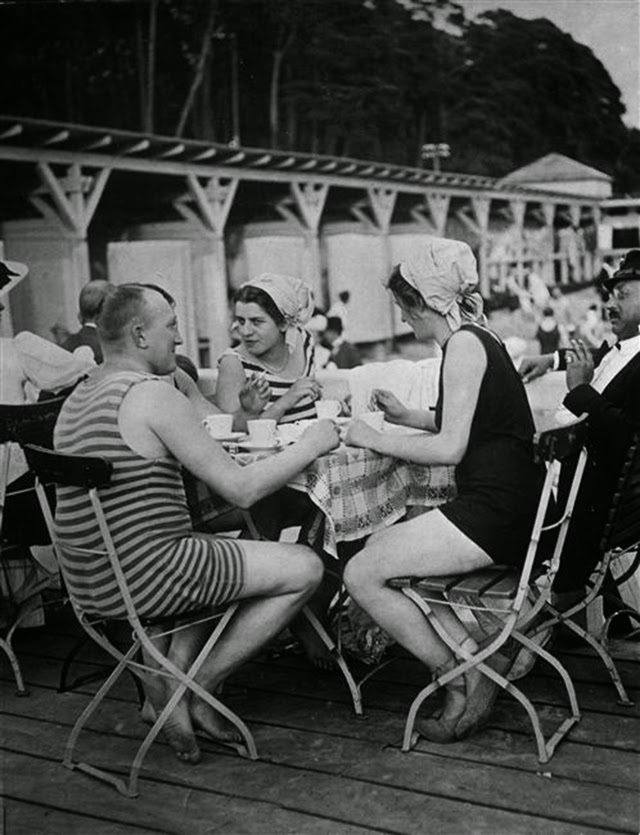.jpg)
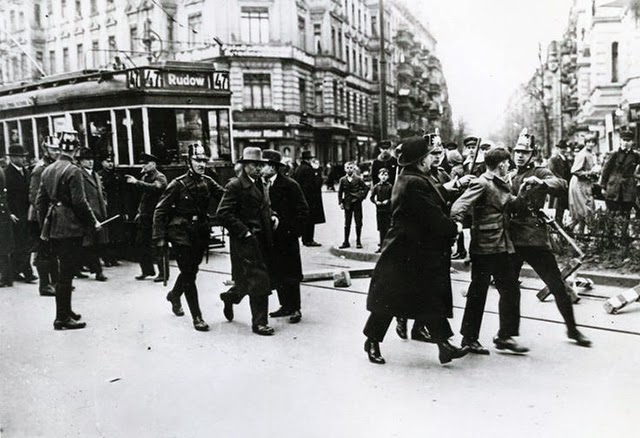.jpg)
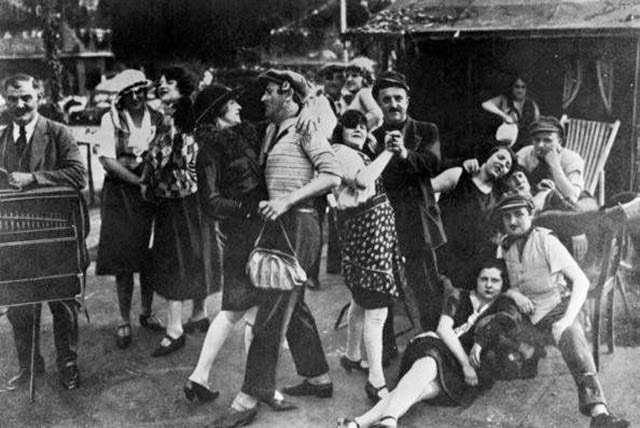.jpg)
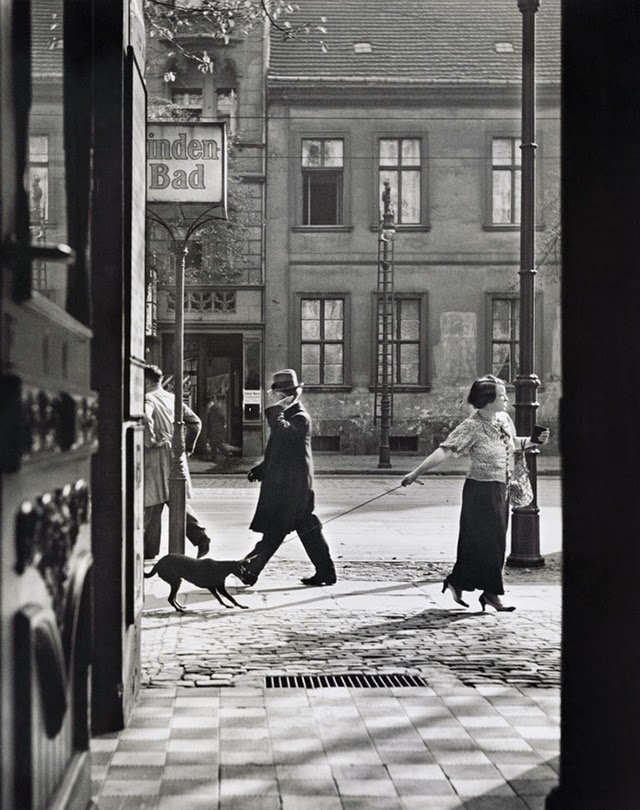.jpg)
.jpg)
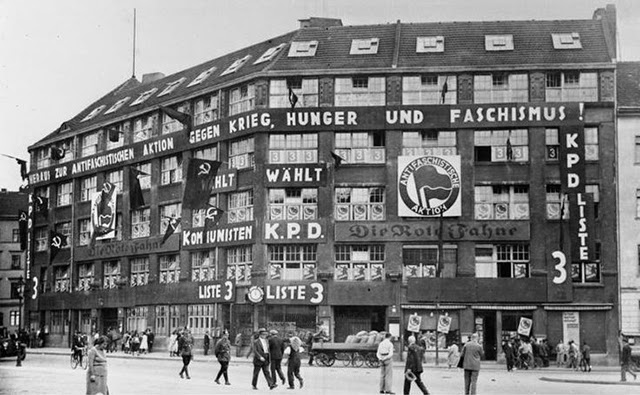.jpg)
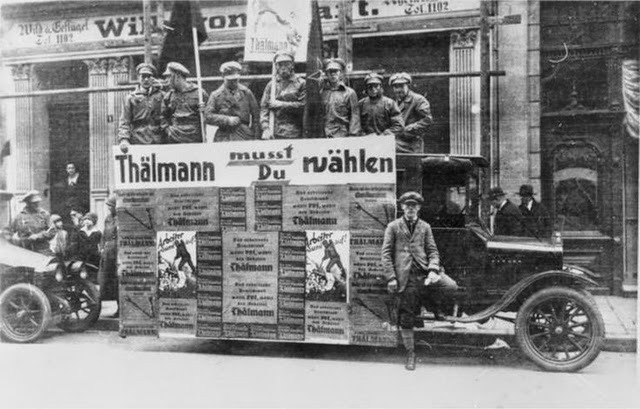.jpg)
.jpg)
.jpg)
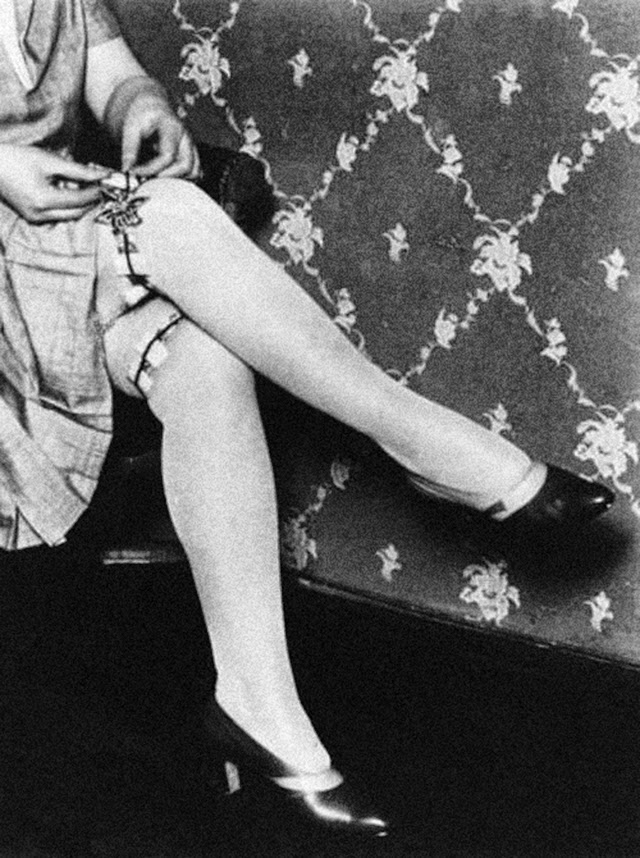.jpg)